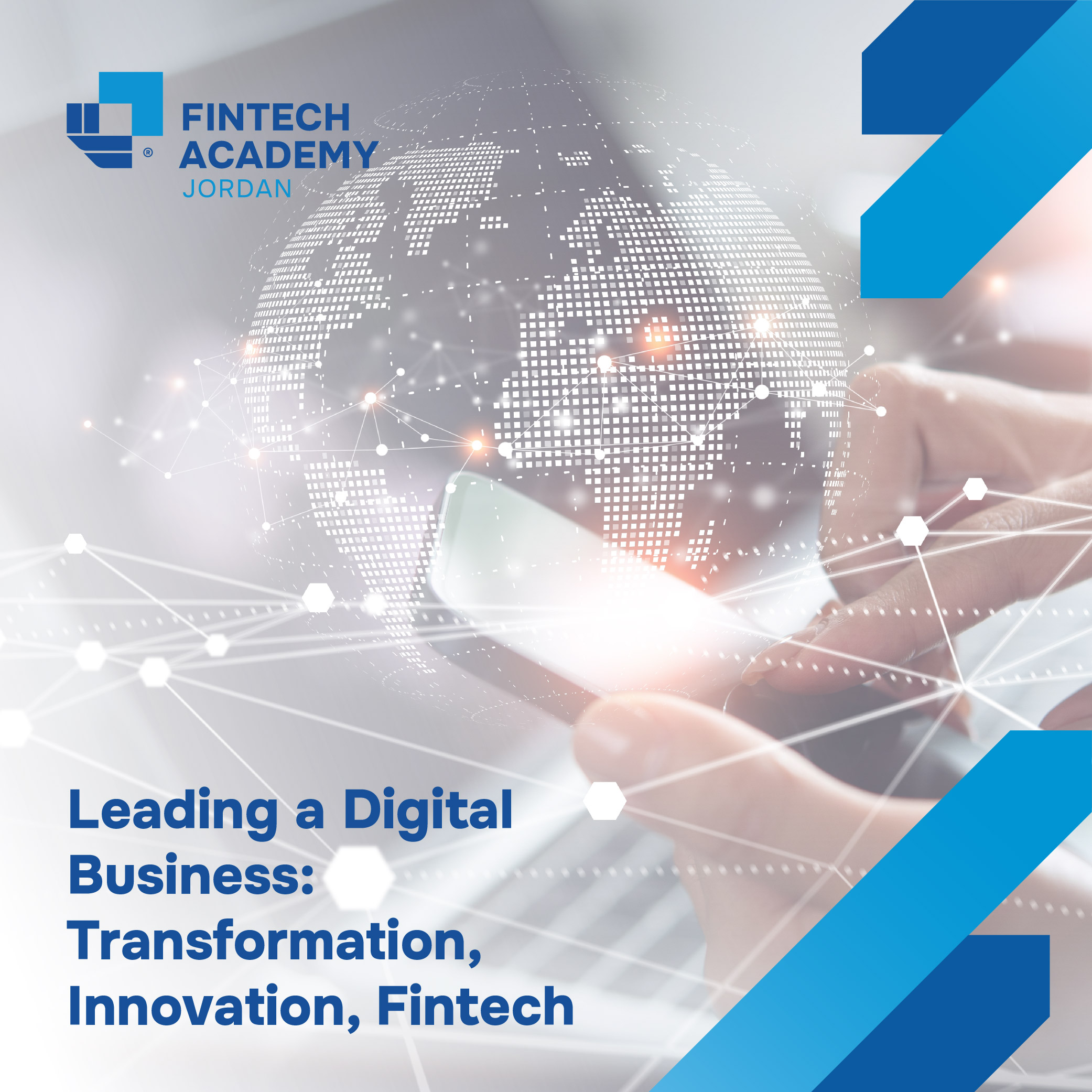This course is about helping leaders elevate their organization’s approaches in running a digital business. The principal aim is to help participants enhance the profitability and effectiveness of their digital businesses by leveraging emerging technologies, such as AI and Cloud, while managing the risks to adoption and execution.
We focus on several key initiatives or phases of the digital strategy, transformation and execution process, including: understanding the competitive landscape, assessing the organization’s capabilities and gaps, assessing and revising the digital transformation roadmap, fostering innovative culture, upskilling and reskilling staff, enhancing customer experience, data-driven decision making, cybersecurity and compliance management and other key initiatives.
- Understand the concept of digital transformation, innovation, and fintech.
- Have insights on digital transformation history.
- Understand Fintech business models and enabling infrastructure.
- Understand how to adopt corporate, business and operational strategy to changes in the technological and competitive landscape.
- Understand how to align corporate, technology and digital strategy.
- Understand how to identify and research and use the key trends in the digital landscape to innovate and adopt new technologies, such as AI, Cloud, and others.
- Understand the major risks to digital Strategy, including innovation, adoption, cybersecurity and execution.
- Understand how to develop a risk appetite for risk exposure.
- Managing Internal cultural challenges.
1. Digital Transformation: What, when, How?
• Definition of Digital Transformation
• Importance and relevance in today's business landscape
2. Drivers of Digital Transformation
• Technological advancements (AI, IoT, Big Data, Cloud Computing)
• Market and competitive pressures
• Changing customer expectations
3. Key Areas of Impact
• Customer Experience
• Operational Processes
• Business Models
4. Fintech exploration
• Digital transformation was the first
• What is fintech?
• The history of Fintech
• How big is fintech?
• Fintech opportunities
• Fintech risks
5. Conceptual framework
• The fintech tree
• Fintech activities
• Enabling technologies
• Policy enablers
6. Fintech activities, Deep dive
• Fintech products and services
• Digital banking
• Fintech Platform Financing
7. Technologies Enabling, Deep dive
• Artificial Intelligence and Machine Learning
• Internet of Things (IoT)
• Cloud Computing
• Big Data and Analytics
• Distributed ledger technologies
• Biometrics
8. Policy enablers
• Digital Identity
• Open Banking
• Regulatory Evaluation of Fintech Innovations
• Innovation Facilitators
• Cybersecurity
9. Tech related areas
• Insurtech
• RegTech
• Suptech
• Risktech
• BigTechs
10. Moving Forward, Positioning Banks in the evolving Digital Era,,,
• Forward-looking Scenarios
• Inducing Change
• Lessons learned from failures
11. What to do now?
• Digitizing banks
• 4 Step Guide to Digital Transformation Success
• Challenges of Digital Transformation
12. Strategies for Successful Digital Transformation
13. Conclusion
• Recap of key points
• Final thoughts on the importance of staying adaptable and innovative
- C-Suite members (Including but not limited to, CEOs, CFOs).
- Heads of IT.
- Heads of Legal and Compliance.
- Fintech and innovation staff.
- Senior managers and any staff managing or supporting digital business areas.



